A new generation of young photographers is coming of age in a world where smartphones, blogging and social networking have, to some extent, democratised the craft and profession of photography. And increasingly, brands and media outlets are tapping into often untrained photoblog hobbyists, street-style photographers, bloggers and influencers who command a respectable social media following for their campaigns.
Cape Town-based photographer and art director Jody Brand (25) is one of the new breed. She takes pictures of ordinary folk on the streets and her friends – young people who are into popular culture. This is something, she believes, that reflects the diversity of the South African story.
Brand started taking pictures in 2011, using a camera she got from her father. She started a blog, chomma.tumblr.com, where she posts some of her pictures. Currently an editor for the South African art group CUSS, her work has been shown at the Stevenson Gallery in Cape Town, at Kalashnikov gallery in Braamfontein and at La Gaîté Lyrique in Paris, and she was one of the speakers featured at this year’s Design Indaba in Cape Town.
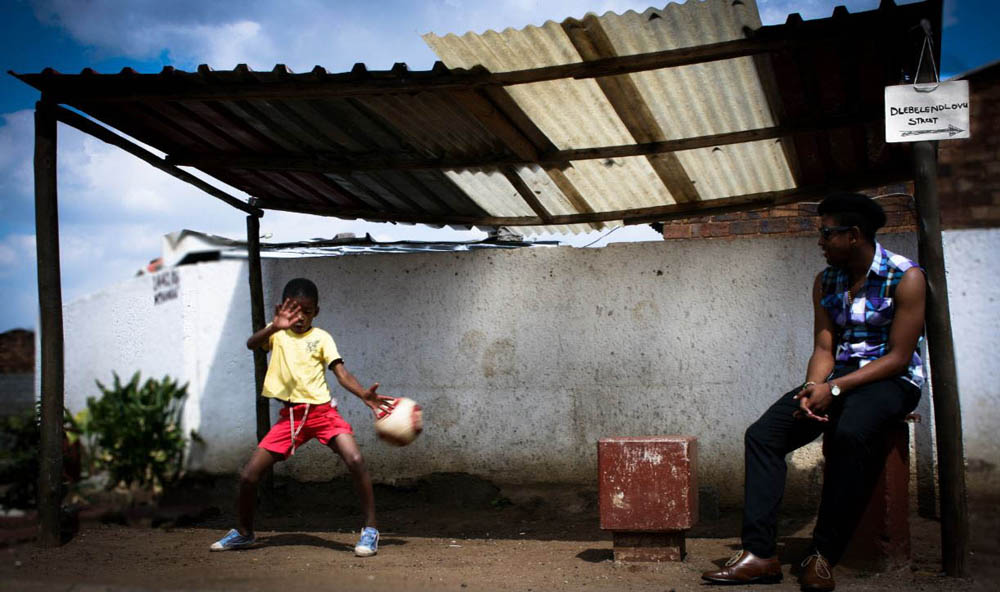
Mesuli Macozoma’s photographs document township life in Soweto.
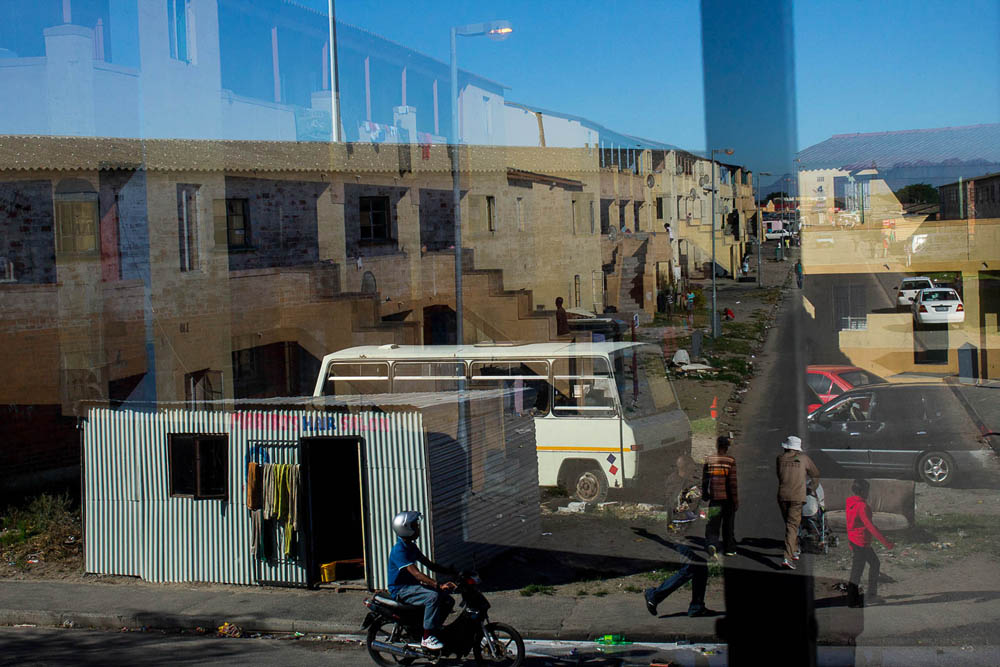
Sipho Mpongo documents township life in Langa, Cape Town.
Another newcomer, Sipho Mpongo (20), went from stealing his aunt’s camera in grade 7 so he could take pictures of his school graduation dance to buying himself a BlackBerry phone in grade 10 to teach himself how to take pictures. “I couldn’t afford a real camera, so the BlackBerry was the next best thing,” he says.
Born in the rural town of Nqa-makwe in the Eastern Cape, Mpongo was raised in Langa, Cape Town, where he still lives. Using his lens, the young photographer has sought to document the township and its inhabitants from his own perspective – what he calls “anthropological photography”.
Tour guide
While at the Leap Science and Maths School in Pinelands, Cape Town, which provides free education to young people who exhibit potential, Mpongo says tourists would often come to the school and take pictures using “big” cameras. “I wanted to be as close to the cameras as possible,” he says, “so I became a tour guide.”
Karen Page, his mentor for four years while he attended the school, facilitated an exhibition for him in San Francisco. Mpongo was not present at the exhibition but his photo-graphy was showcased in the form of a two-minute video, titled My World Through the Lens, which he narrated.
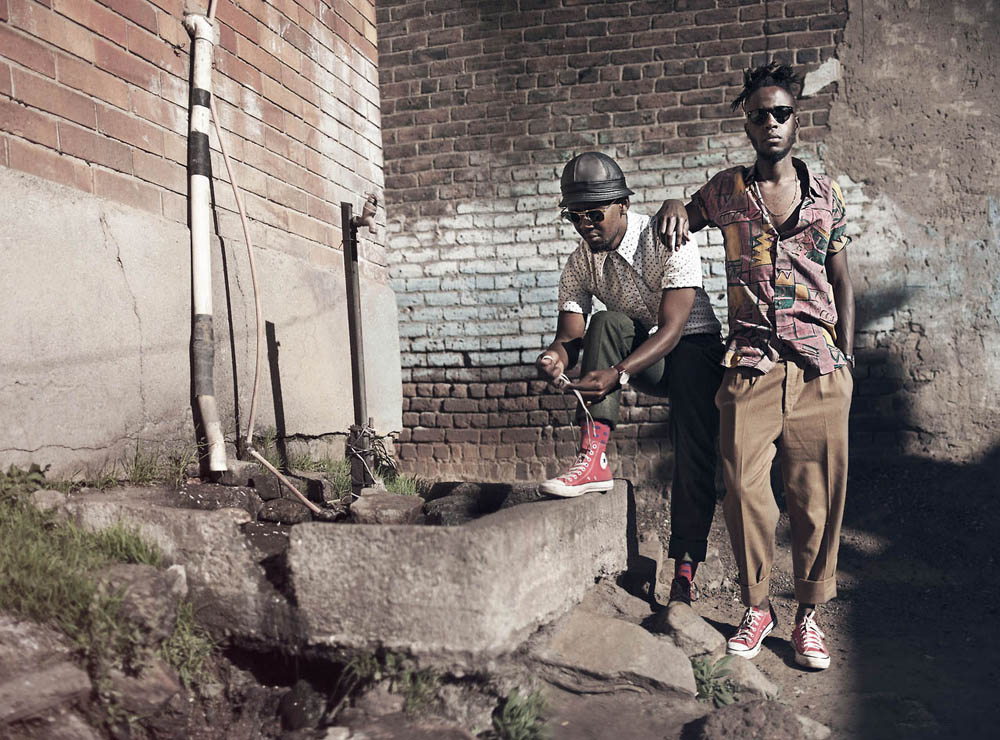
A photograph by the iseeadifferentyou blogging trio of Justice and Innocent Mukheli and Vuyo Mpantsha, taken in Soweto.
The iseeadifferentyou blogging trio is arguably one of the country’s biggest success stories. Twins Justice and Innocent Mukheli and their friend Vuyo Mpantsha, claim to be taking snaps of “South Africa as they see it”. The concept is underscored by images taken mostly in the streets of Soweto and, increasingly, other places across the continent that they visit.
Their blog is undeniably driven by the individuals they photograph and their dress sense, and has, as a result, attracted major commercial brand collaborations and exhibitions in countries as diverse as Kenya, Japan and Norway.
Street style
Street-style photographer Anthony Bila, aka “The Expressionist”, quit his job as an account executive to follow his passion. Last year he was part of the campaign for the Woolworths jeanswear brand Re: that saw him being flown to the V-Fest music festival in London. His role: to capture the fashionable winners chosen to go along for the experience. His work has been featured in New York magazine, the Wall Street Journal and more, and he will soon be seen acting in Otelo Burning director Sara Blecher’s next project, Andani and the Mechanic.
Both Bila and the iseeadifferentyou trio have recently collaborated with Sartists, an outfit that showcases the city of Johannesburg through their fashion-fuelled imagery. Sartists’s Kabelo Kungwane and Wanda Lepoto are immediately recognisable by their vintage-inspired wardrobe and the gritty surroundings depicted in their self-portraiture. Their blog features photographs of them in various locations in the city and sometimes Alexandra township, where Kungwane is from.
They have since collaborated with the likes of Bila, iseeadifferentyou and Elle‘s 2012 Style Reporter winner Trevor Stuurman. Last year, the duo was featured in a Coca-Cola campaign and have been approached for contributions by global sites such as the influential fashion label The Brooklyn Circus, founded by New York graphic designer Ouigi Theodore and Art Comes First, an international portal that circulates “sartorial nourishment … through dynamic collaborations”, according to its website.
Rather than replacing traditional photographers and other professionals who work on brand marketing campaigns, brands are engaging photographers with a social media reach such as Bila and iseeadifferentyou as part of their broader marketing mix. This, brand managers say, is because they have often proven to be successful at attracting a following.

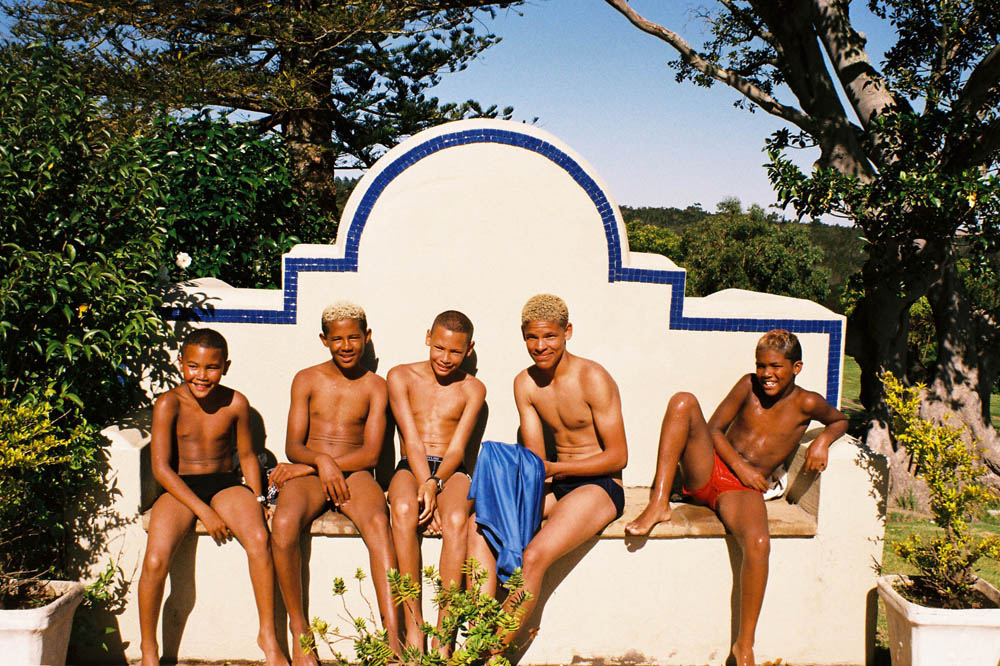
Cape Town photographer Jody Brand takes pictures of her friends and ordinary people to tell the South African story.
According to retailer Woolworths, several factors are considered when it comes to engaging influential bloggers for their advertising campaigns.
“We select bloggers by considering the focus of each campaign, the blogger’s interests and their reach,” the retailer said in a statement to the Mail & Guardian. “We use a mix of communication channels for our campaigns. Blogs are an important channel because they are accessible. They often give the views of ordinary people and in doing so can become a trusted peer-to-peer source of information.”
The retailer would not be drawn into how much it spends on such campaigns. One photoblogger claims he was paid as much as R10 000 for a two-day shoot.
Commercial aspect
Though the commercial aspect is very much an objective for these young photographers, there are other motivating factors.
“I don’t have a car so I walk a lot around Cape Town and I see a lot of interesting people out here,” says Brand. “These people have stories to tell and it’s important to me to reflect that. So, I think it’s important to take pictures, not just of cool club kids, but also ordinary people.”
On one of her walks around the city recently, Brand photographed a young man walking barefoot. “I asked him why he was walking barefoot and it turns out he had just come out of hospital,” she says. The young man, whom she snapped without showing his feet for fear of making him feel exploited, had been in a fight and had been hospitalised for a stab wound. Brand says he had found himself with no shoes or money for a taxi home after being discharged.
Brand had earned the man’s trust and learned his story before turning the lens on him. “He said to me: ‘Your name will be in lights one day’,” to which Brand responded: “And yours will be right there next to mine.”
As a child, Brand says she was often exposed to a variety of people thanks to her parents who often took her along to work. At the time, they were both employees at nonprofit organisations – helping to address social ills, running food kitchens and assisting people to set up small businesses that would plough back profits into their communities.
“What my upbringing taught me is to celebrate who I am, but also to challenge the idea of freedom and to question ideas of what it means to be young and African in this day and age.”
Documentation
It’s the same motivation that powers Soweto residents Mesuli Macozoma and Kgomotso Neto Tleane’s picture-taking: the desire to document their surroundings and to tell meaningful stories by taking photos of everyday situations in the country’s most populous township.
Self-taught photographer Macozoma, one of the 2014 Emerging Creatives at the Design Indaba, says: “I am drawn to capturing and documenting things and experiences that are somewhat unique to Soweto and South Africa simply to embrace and celebrate the culture and symbols that make us the people that we are. It’s about redefining stereotypes.”
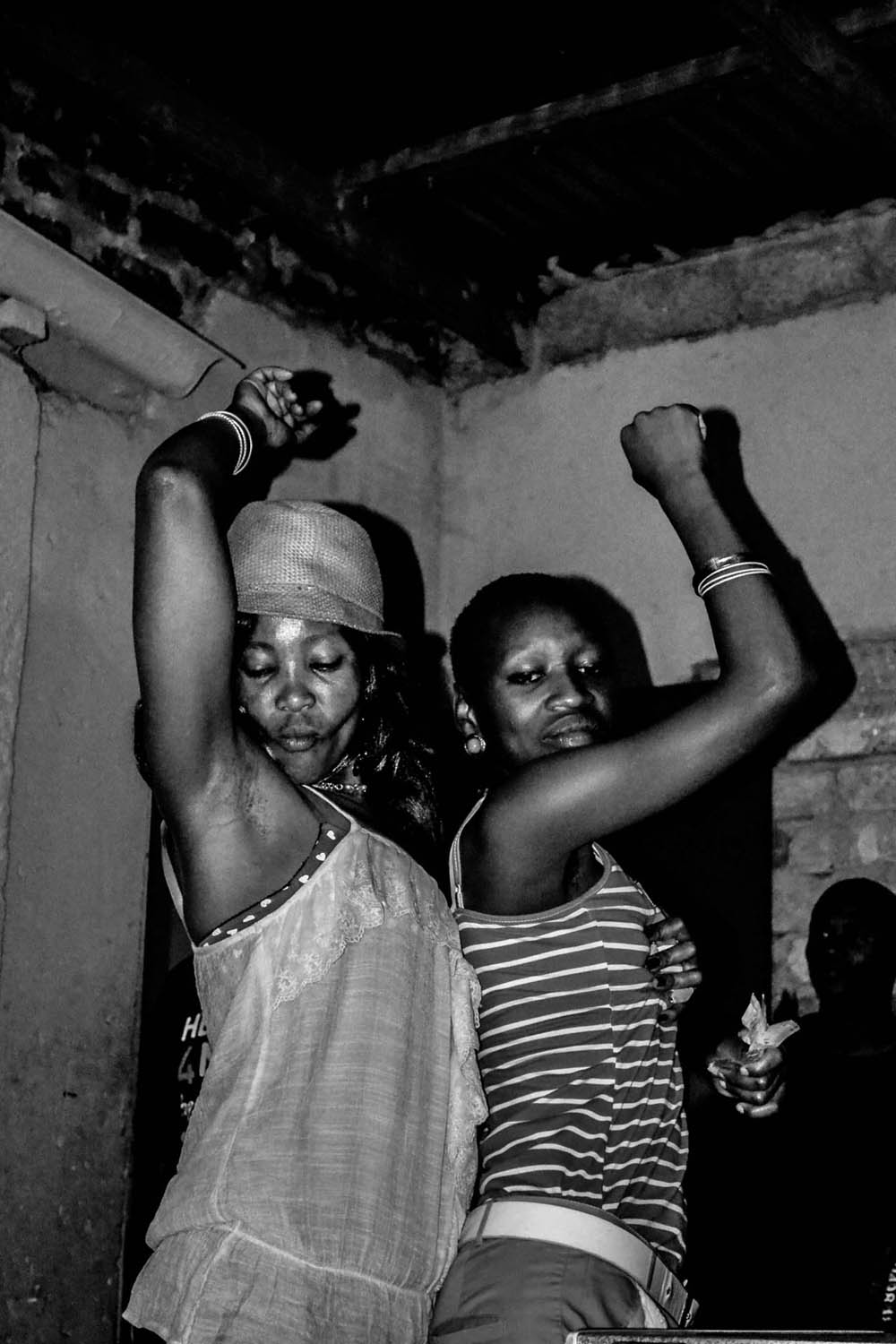
Kgomotso Neto Tleane’s photographs document township life in Soweto.
Part of an event called Protest Art that came about as a way of commemorating June 16, Tleane says his most memorable moment was taking a picture of a woman pushing a trolley in his neighbourhood on a Saturday while he chilled with friends.
“An elderly woman, pushing this trolley full of fruit, among other things, was also carrying a baby on her back and seemed to be struggling with the load. I was happy because I had captured what it really meant to be a struggling single mother in the township and what a mother would do to make sure that her child is well off. At the same time I had a conflicting feeling that, instead of helping the lady to push the trolley, I opted to take a picture. That’s one moment I find hard to forget and I think the picture captures the essence of what my photography is about.”
Born in Alexandra township, north of Johannesburg, Tleane was raised by his grandmother in Ga-Maja, a rural village 30km from Polokwane in Limpopo. After finishing matric, he moved to Soweto, where he lived with his mother. Drawing from this diverse upbringing, Tleane takes pictures of people in the township, Johannesburg city streets as well as back home in rural Limpopo.
Instagram
Both Tleane and 26-year-old Lesedi J Mogale publish a lot of their pictures on Instagram because the internet is a great tool for exposure for them. With a national diploma in photography and one of nine up-and-comers featured in The New B&W Photography exhibition, sponsored by the website This is Film and camera equipment shop Orms, Mogale’s dream is to make a living as a full-time professional photographer. He currently supports himself with a day job in the South African National Defence Force, where he is an officer in the communications department.
“I even wear military fatigues,” he says. “I got into the military straight after varsity. I got a bursary to study photography through the military.” His smartphone has always been his camera and the internet his exhibition space. “It has given artists more control over their work and, most importantly, for me, it is interactive,” he says.
For Brand, the web is the antithesis of gallery spaces, which she says can often be intimidating, especially for the ordinary folk she trains her lens on. “Galleries are not accessible to ordinary people. Even when they do go to galleries they are treated as outsiders. It’s quite elitist.”
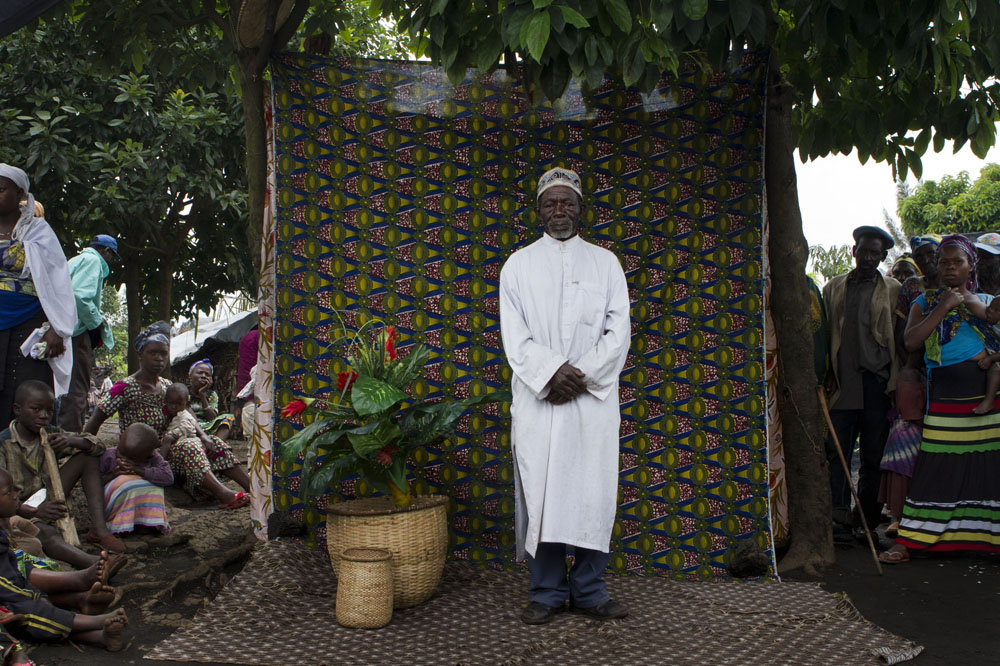

Alexia Webster has expanded her Street Studio project to the Bulengo Internally Displaced People’s Camp outside the city of Goma in the Democratic Republic of Congo.
Giving a broader audience more access to photography is something the young but seasoned photographer Alexia Webster makes possible through her Street Studio project, which she set up with artist friend Mike Saal in Woodstock three years ago.
“I began to think more and more about the value of photography to the people I photographed,” she says. “I realised that the images myself and most people seem to treasure the most are of ourselves, the people we love and our ancestors. A family photograph is a precious object.”
Photo booths
The pair have set up various photo booths on city streets across the country and, in March this year, the Street Studio project branched out to the Bulengo Internally Displaced People’s Camp just outside the city of Goma in the Democratic Republic of Congo, where Webster began the first “Refugee Street Studio”.
Every Street Studio site has a portable photo printer and anyone who wants to have a traditional family, individual or group portrait taken is welcome.
The democratic nature of the internet has created a platform for young photographers to gain the exposure they wouldn’t otherwise have achieved. But those who have benefitted the most are those whose work is based on popular culture rather than social commentary – at least, this is what the media and marketers have largely embraced.
How does the stark contrast between capturing ordinary people and perhaps “commodifying” them sit with photographers such as Brand and Mpongo whose subject matter and photography style is driven by the need for documentation?
Mpongo realises the commercial benefit of this type of anthropological photography, often characterised by visuals of “cool kids” in fashionable outfits, but has instead chosen to use the exposure that the internet allows him to tell the stories of ordinary folk on the streets, in townships and rural settings.
“There are so many people taking pictures out there, so in order to make it I stick to what I have and what I know,” he says.
Storytelling
Brand’s response is that people tell her that, in her own way, she does make South Africa “look cool”. It’s a different way and style of telling a story.
At the same time, she says she just wants to document the truth the way she sees it. “I think a lot of people are bored with documentary photography. It’s painful and it’s messy,” she says, but documenting her favourite subject – being young and African in today’s world – also comes with some harsh criticism from some quarters.
At an exhibition she was featured in, Brand remembers an attendant accusing her of promoting promiscuity. “It was a picture of myself and two of my friends who were really drunk,” she says of the picture that sparked the viewer’s response. “Everyone is entitled to an opinion, but life is not black and white. I want to embrace everything. It’s not really about trying to get a reaction out of people. That’s not my intention.”